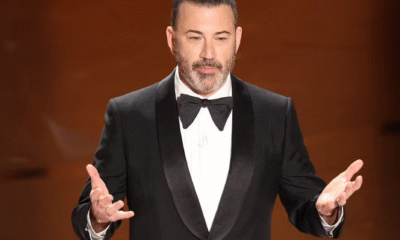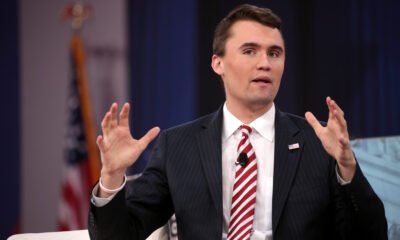Politics
Rep. Al Green Removed from House Chamber After Heckling Trump
In a dramatic turn of events during President Donald Trump’s joint address to Congress on Tuesday, March 4, 2025, Democratic Representative Al Green was forcibly removed from the House chamber after interrupting the President’s speech.

The incident occurred just minutes into Trump’s address when the President referenced his November 5 election victory, calling it a “mandate.” Rep. Green, a 77-year-old Democrat representing the Houston area, stood up, pointed his cane at the dais, and shouted, “You have no mandate to cut Medicaid”.
As Trump attempted to continue his speech, Green persisted in his interruption, prompting boos and chants of “USA! USA!” from the Republican side of the chamber1. House Speaker Mike Johnson intervened, banging his gavel and issuing a warning: “Members are directed to uphold and maintain decorum in the House, and to cease any further disruptions. That’s your warning”.
When Green refused to comply and take his seat, Speaker Johnson ordered the sergeant-at-arms to remove him from the chamber. As Green was escorted out, some Republican members cheered, shouting “Get out!” and “Goodbye!” at the lawmaker.

Aftermath and Reactions
Following his removal, Green spoke to reporters, stating that he was “following the wishes of conscience” and that there are times when it is “better to stand alone than not stand at all”. He expressed his belief that Trump has engaged in actions that should not be tolerated and criticized the president’s budget, particularly the proposed cuts to Medicaid.
House Speaker Mike Johnson later told reporters that Green should be censured for his disruption, calling it a “spectacle that was not necessary”. Johnson indicated that he was “quite certain” several Republicans would bring forward a censure resolution against Green, which he would put up for a vote on the House floor.
Context and Background
Rep. Al Green, serving his 11th term in Congress, has been a vocal critic of President Trump and previously led impeachment efforts against him during his first presidential term. Green currently serves on the Financial Services Committee and the Committee on Homeland Security, and is Chair of the Oversight and Investigations subcommittee.
The incident occurred against the backdrop of carefully crafted Democratic party strategies for responding to Trump’s address. Party leadership had encouraged members to exercise restraint and avoid overt protests that could be exploited by Republicans. However, Green’s actions, along with other forms of protest from Democrats, demonstrated the deep divisions and tensions within Congress.
As the political fallout from this incident continues to unfold, it serves as a stark reminder of the heightened partisanship and contentious atmosphere surrounding President Trump’s second term in office.

Bolanle Media covers a wide range of topics, including film, technology, and culture. Our team creates easy-to-understand articles and news pieces that keep readers informed about the latest trends and events. If you’re looking for press coverage or want to share your story with a wider audience, we’d love to hear from you! Contact us today to discuss how we can help bring your news to life
Politics
Divided and Deadly: When Political Hatred Turns Fatal

America’s political divide is no longer just a metaphor—it’s now a measurable, chilling reality. In recent weeks, a relentless barrage of violence has brought headline after headline: the assassination of Charlie Kirk on September 10th, bomb threats and failed attempts targeting news crews, shootings at public gatherings, attacks on federal agents, and online mobs openly glorifying the carnage. What once seemed fringe or exceptional is now undeniably mainstream. The unthinkable is becoming all too routine.
Consider this: within days of Kirk’s assassination, a Fox News van parked at the crime scene in Utah was targeted by a bomb that narrowly failed to detonate, followed by bomb threats at the home of presidential candidate RFK Jr. Shootings tied to political slogans erupted at a New Hampshire country club and inside a news station, with attackers leaving manifestos and warning that “Trump officials would be next.” Meanwhile, federal ICE agents were ambushed in Chicago by carloads of heavily armed assailants—another event spun by legacy media as if it was government aggression, rather than a defensive response to an act of terror.

This surge in violence is not happening in a vacuum. It emanates from decades of tolerated, even celebrated, dehumanization across the political spectrum. But, in Brett Cooper’s telling—and in the disturbing texts and rhetoric unearthed in the wake of these tragedies—the epicenter appears to be one party’s willingness to excuse, justify, or even cheer political assassination. Cooper highlights not just one-off outbursts, but prominent Democratic politicians openly wishing death and horror on their opponents, their families, and even their children. The infamous leaked texts from Virginia’s Jay Jones—expressing desire to see innocent children die “so that their father would change his opinions”—read like a dystopian novel come to life. Yet, defenders line up, brushing it off as “mistakes” and framing any criticism as partisan smears.
How did this become the new normal? The left, argues Cooper, has marinated in a protest culture that sanctifies violence as a substitute for persuasion. Losing an election, a court case, or a policy fight now justifies open calls for revenge. Online, the rhetoric is as gruesome as the reality, with political adversaries not simply derided, but declared subhuman and unworthy of life—a chilling echo of history’s darkest chapters.
Of course, political violence can never be blamed on rhetoric or ideology alone. But words have consequences. Leaders who flirt with calls for violence set the tone for every zealot and unstable mind. The celebration of real-world killings by online mobs only entrenches a cycle where each incident of bloodshed is either weaponized or excused, not universally condemned.
Perhaps most dangerous is the media’s shifting lens—the effort to muddy attacks with claims of ambiguity about motive or to frame self-defense by government officers as wanton aggression. The danger isn’t just physical, but moral and cultural: when outrage at assassination gives way to tribal excuses, a nation chips away at its own foundation.
In a world this divided and deadly, Cooper’s advice feels both practical and poignant: focus on the real, the local, the communal. Sit down with family. Turn down the temperature wherever possible. Call out inhumanity—no matter who it comes from.
America’s most urgent debate is not just about policy, but about whether political disagreement must now also mean existential threat. If ever there was a time for collective soul-searching, it is now—when headlines show, beyond a shadow of a doubt, that political hatred can, and does, turn fatal.
News
How a Government Shutdown Could Hit Your Life and Wallet
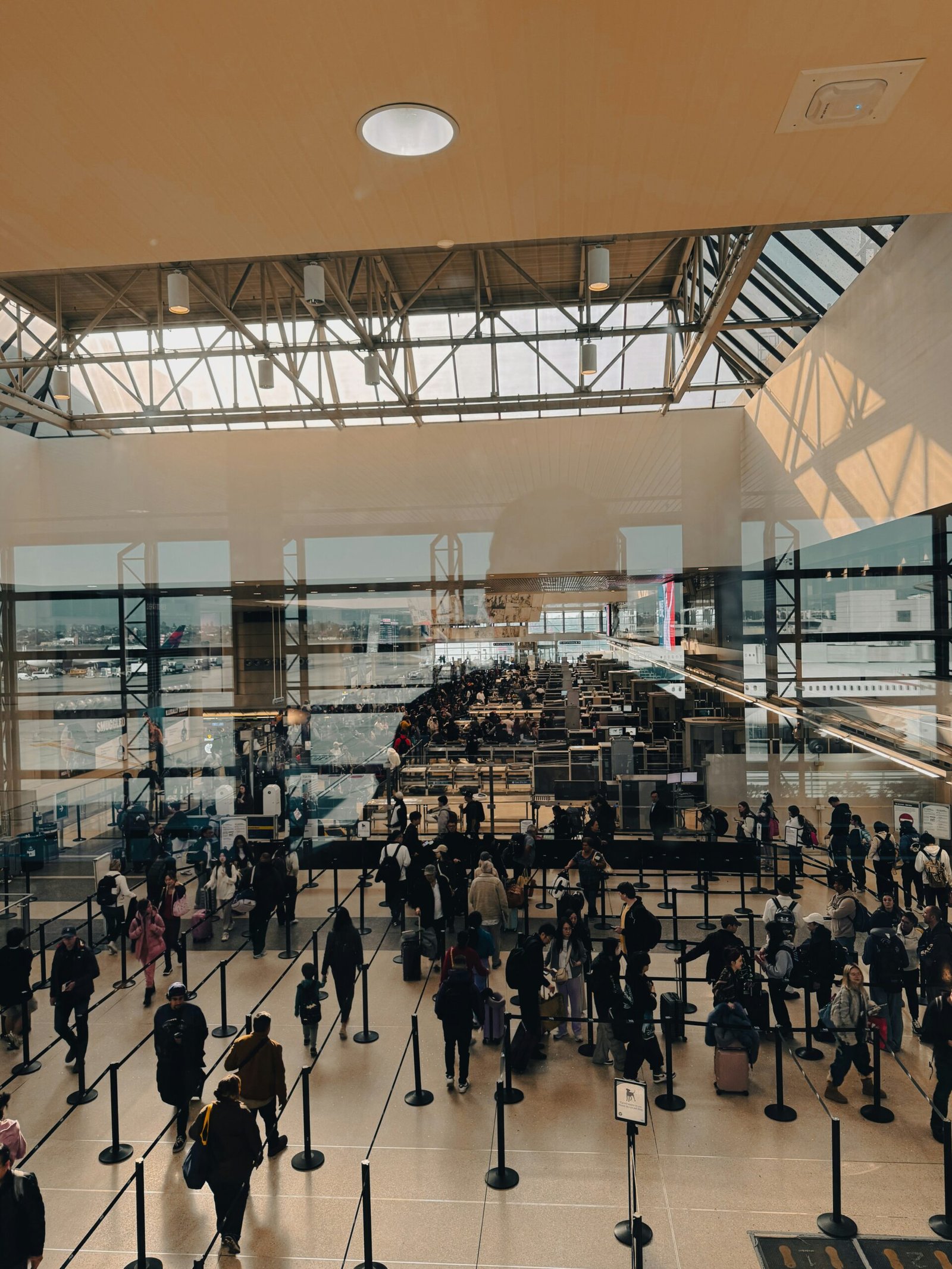
What a Shutdown Means for You
When Washington can’t agree on funding, government operations grind to a halt—and millions feel the ripple effects. Whether employed by a federal agency, planning a trip, or just waiting for a tax refund, the shutdown’s reach can extend into daily life in unexpected ways.

Paychecks and Local Economies
Federal employees are on the frontline, facing furloughs or delayed pay. If you or someone in your household works for the government, this means missed or postponed earnings—sometimes for weeks. Local businesses feel the squeeze when those employees cut back on spending, and contractors dependent on federal clients might also see sudden layoffs and lost projects.
Services and Everyday Disruption
From longer airport lines to shuttered national parks, public services can stall or close entirely. Waiting on a passport renewal, Social Security verification, or a student loan application? Those processes may be paused, causing headaches and delays that interrupt travel plans, business operations, or educational goals.
Health Care Worries
Shutdowns often spark fierce debates over health care policy. If negotiations stall, federal insurance tax credits could vanish, causing health premiums to spike for millions. For some, especially those relying on government-supported coverage, this means losing insurance altogether—a risk that could affect up to four million Americans if deadlock persists.
Impact on the Economy and Markets
Travel slows as essential agencies are stretched thin and parks close, costing the travel industry as much as $1 billion each week the shutdown lasts. Economic data releases used by the Federal Reserve and investors can also be delayed, muddying the outlook for businesses and individuals watching inflation or employment figures.
The Real-Life Cost
A government shutdown isn’t just a political fight—it’s an event that can upend plans, impact paychecks, delay vital services, and create stress for families nationwide. History shows most communities bounce back, but for those caught in the crossfire, the effects are personal and immediate.
Politics
Netanyahu’s UN Speech Triggers Diplomatic Walkouts and Mass Protests
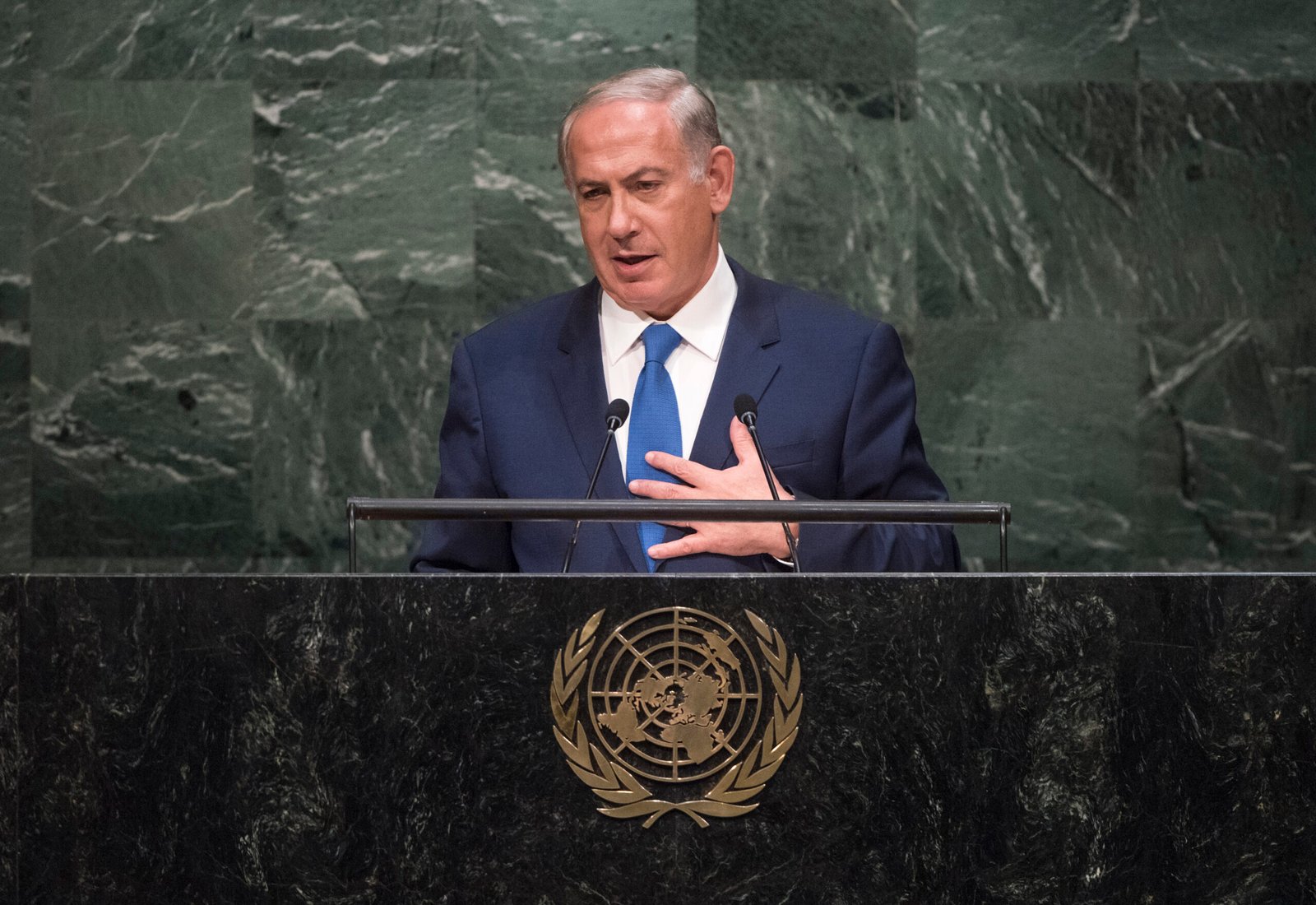
What Happened at the United Nations
On Friday, Israeli Prime Minister Benjamin Netanyahu addressed the United Nations General Assembly in New York City, defending Israel’s ongoing military operations in Gaza. As he spoke, more than 100 delegates from over 50 countries stood up and left the chamber—a rare and significant diplomatic walkout. Outside the UN, thousands of protesters gathered to voice opposition to Netanyahu’s policies and call for accountability, including some who labeled him a war criminal. The protest included activists from Palestinian and Jewish groups, along with international allies.
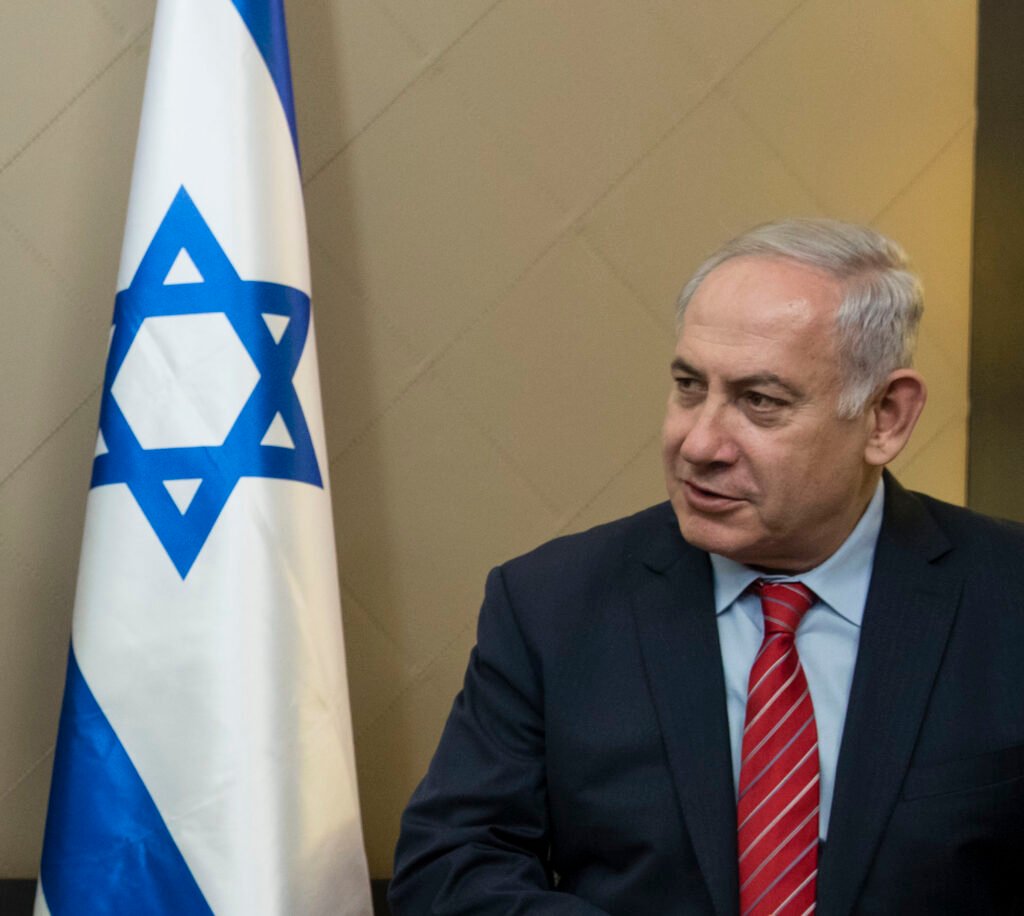
Why Did Delegates and Protesters Walk Out?
The walkouts and protests were a response to Israel’s continued offensive in Gaza, which has resulted in widespread destruction and a significant humanitarian crisis. Many countries and individuals have accused Israel of excessive use of force, and some international prosecutors have suggested Netanyahu should face investigation by the International Criminal Court for war crimes, including claims that starvation was used as a weapon against civilians. At the same time, a record number of nations—over 150—recently recognized the State of Palestine, leaving the United States as the only permanent UN Security Council member not to join them.
International Reaction and Significance
The diplomatic walkouts and street protests demonstrate increasing global concern over the situation in Gaza and growing support for Palestinian statehood. Several world leaders, including Colombia’s President Gustavo Petro, showed visible solidarity with protesters. Petro called for international intervention and, controversially, for US troops not to follow orders he viewed as supporting ongoing conflict. The US later revoked Petro’s visa over his role in the protests, which he argued was evidence of a declining respect for international law.
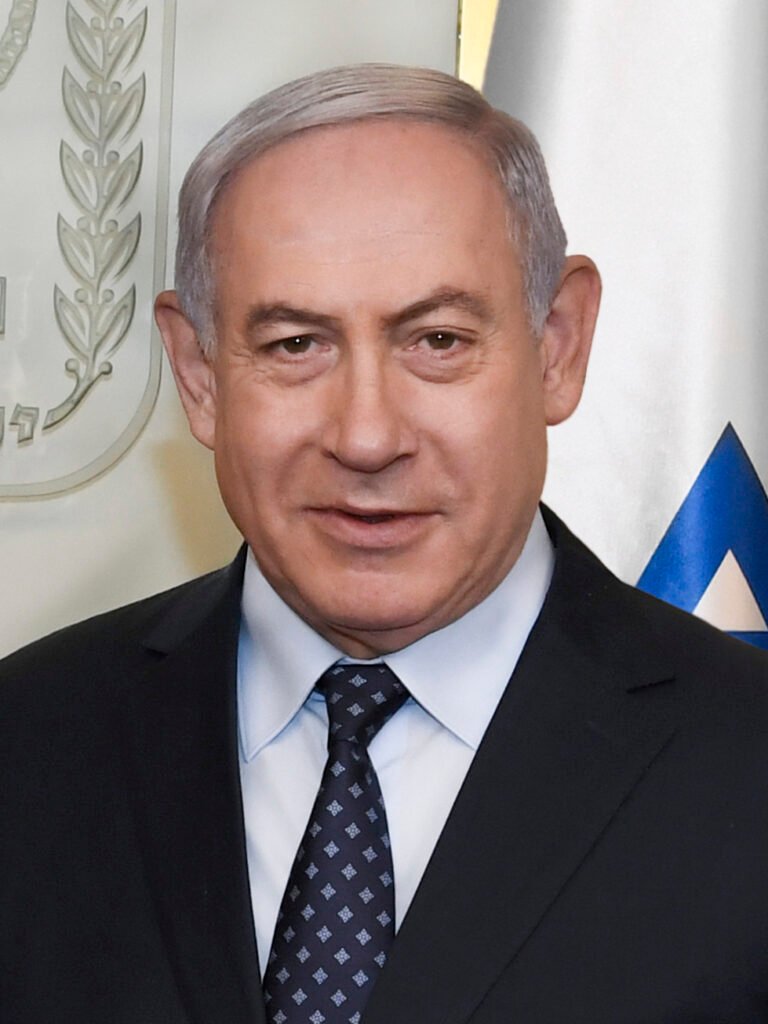
Why Is This News Important?
The Gaza conflict is one of the world’s most contentious and closely-watched issues. It has drawn strong feelings and differing opinions from governments, activists, and ordinary people worldwide. The United Nations, as an international organization focused on peace and human rights, is a key arena for these debates. The events surrounding Netanyahu’s speech show that many nations and voices are urging new action—from recognition of Palestinian rights to calls for sanctions against Israel—while discussion and disagreement over the best path forward continue.
This episode at the UN highlights how international diplomacy, public protests, and official policy are all intersecting in real time as the search for solutions to the Israeli-Palestinian conflict remains urgent and unresolved.

 Business3 weeks ago
Business3 weeks agoDisney Loses $3.87 Billion as Subscription Cancellations Surge After Kimmel Suspension

 Entertainment3 weeks ago
Entertainment3 weeks agoWhat the Deletion Frenzy Reveals in the David and Celeste Tragedy

 Filmmaking4 weeks ago
Filmmaking4 weeks agoThe Real Reasons Film Jobs Are Disappearing

 Entertainment4 weeks ago
Entertainment4 weeks agoABC Suspends ‘Jimmy Kimmel Live!’ Indefinitely After Kirk Remarks

 News4 weeks ago
News4 weeks agoSeeing Trauma: What Charlie Kirk’s Death Reveals About a Nation in Conflict

 Tech4 weeks ago
Tech4 weeks agoWhy Experts Say AI Could Manipulate, Blackmail, and Even Replace Human Relationships

 Entertainment3 weeks ago
Entertainment3 weeks agoExecutive Producer Debut: How Celia Carver Created Festival Hit ‘Afterparty’

 Filmmaking4 weeks ago
Filmmaking4 weeks agoWhy Hollywood’s Biggest Blockbusters Keep Failing at the Box Office






























